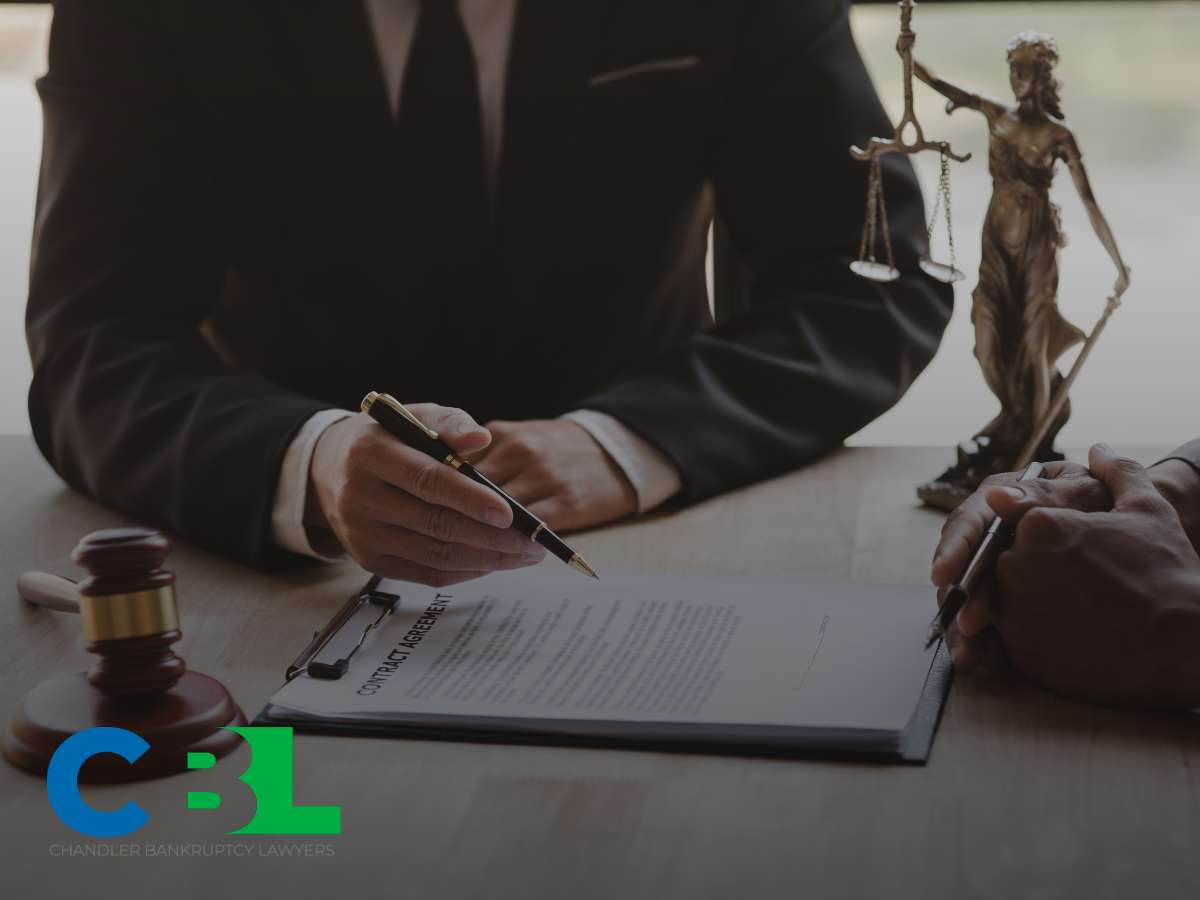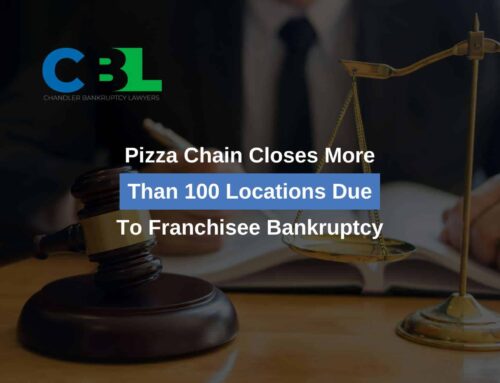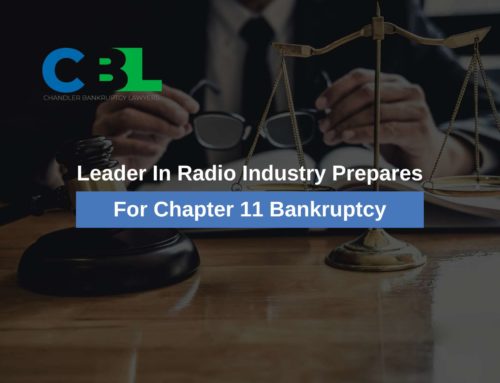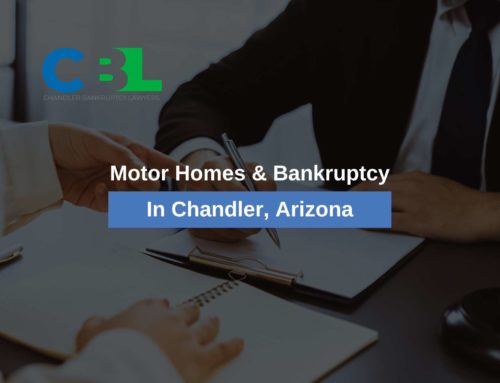Nothing feels more stressful than trying to stretch limited funds out until your next paycheck. Purchasing essentials can become the choice between racking up credit card debt or risking an overdraft on your checking account. It might not make sense for a bank to charge a customer money for not having money. However, if you make a purchase with your debit card and your bank account has insufficient funds for the purchase, you can be charged an overdraft fee. This may bring your bank account balance into the negative. With inflation bringing the cost of living out of control, things like overdraft fees hurt people who are already struggling financially. Read on to learn more about the new proposal from the Biden administration to curb overdraft fees by banks. If you can’t seem to shake off the negative side effects of debt such as overdraft fees, bankruptcy could be beneficial- call 480-780-2211 to schedule your free consultation with our firm.
New Overdraft Limits for Banks
Financial institutions earn a reported $9 billion per year just from charging customers overdraft fees. Not every bank customer pays overdraft fees, but a customer who does typically pays $150 per year in overdraft fees. Biden’s proposed limitation on overdraft fees would reduce total bank overdraft fees by an expected $3.5 billion. Its goal is to make life easier for families with limited funds, but also means that those overdraft fees will be going back into the economy rather than a financial institution’s CEO’s pocket.
The current standard rate for an overdraft fee is $35. Biden’s proposed rule would apply to financial institutions with more than $10 billion in assets. It would make overdraft programs have rules more in line with rules for credit cards. This would mean the implementation of disclosure of annual interest rates, first-year fee limits, and reasonable penalties, most notably, reduced overdraft fees. It would limit overdraft fees to somewhere between $3 and $14.
Research shows that overdraft fees affect people from lower economic households the most. Only 8% of customers are responsible for 75% of overdraft fees. Most of these households- 90%- only have a few hundred dollars in their bank accounts at a time. Anyone responsible for their own expenses knows that a few hundred dollars buys less than ever nowadays. The Biden administration plans to tackle these “junk fees” to help fight the rising cost of living. Lower fees mean more spending money for American families that live with tight budgets.
What Happens to an Overdrawn Bank Account in Bankruptcy?
When a debtor declares bankruptcy, the court issues a protection known as the automatic stay. The automatic stay prevents creditors from collecting against the debtor. Some of the most common forms of collection halted by the automatic stay include lawsuits, wage garnishments, and repossessions (including home foreclosures). It may seem like overdraft fees could be among the penalties that would be under the umbrella of the automatic stay. However, unsecured debts are discharged up until the date of a bankruptcy filing. A debtor can begin accruing new debts after the petition has been filed. A bankruptcy debtor who spends more than is available in their account can still be charged an overdraft fee.
If a bank account is in the negative due to overdraft fees, bankruptcy is an opportunity to take care of this issue. A bank account in the negative, including one with outstanding overdraft fees, is considered an unsecured debt. Unsecured debts are the easiest type of debt to wipe out in bankruptcy. However, clearing a bank account in the negative with a bankruptcy filing doesn’t come without drawbacks. Setting up a new bank account is more inconvenient than setting up a new credit card or even a new debit card. Expenses on autopay will need to be updated, and you may need to update your direct deposits after discharging a bank account in bankruptcy as well. It may not be worth the hassle if your balance is only a few dollars in the negative. To discuss this matter in greater detail with an experienced Arizona bankruptcy lawyer, call 480-780-2211.
Chapter 7 or Chapter 13?
Most bankruptcy debtors can have their needs sufficiently met by filing for either chapter 7 or chapter 13. They are the two most common forms of bankruptcy but operate in different manners. Failure to file under the right chapter could result in reduced benefits from bankruptcy, delays in case discharge, or even dismissal. A bankruptcy attorney can assist you in deciding which chapter suits your needs the best.
Chapter 7 bankruptcy is a fast and effective way to address debts, especially unsecured debts without priority status. A negative bank account due to overdraft fees is a debt that can be wiped away by a chapter 7 filing. It will also clear medical bills, credit cards, personal loans, and more. A chapter 7 bankruptcy case only lasts about 3 to 6 months from filing to discharge. While the debtor is waiting for their case to be discharged, they will be protected from creditor collection efforts by the automatic stay. However, many limitations can make chapter 7 less than ideal given a person’s specific circumstances. Certain debts won’t be affected by a chapter 7 filing, like secured debts and child support. There are also restrictions on who can file for chapter 7 bankruptcy that vary by state. If you need to determine if you are eligible for chapter 7 bankruptcy or if your debts will be discharged by a chapter 7 bankruptcy filing in Arizona, you can call 480-780-2211 to set up your free consultation with our firm.
Chapter 13 bankruptcy isn’t as quick as chapter 7, but it offers advantages because it operates as a payment plan. It provides a more permanent fix to repossession of secured assets such as a home or motor vehicle than chapter 7 bankruptcy. A homeowner can also discharge secondary home mortgages through chapter 13 bankruptcy. Chapter 13 bankruptcy lasts 3 or 5 years depending on how the debtor’s household income compares to the state median household income. If the debtor still has unsecured debts left at the end of their payment plan, they can be wiped away like in a chapter 7 filing. If you’re seeking more information about your potential chapter 13 bankruptcy payment plan, call 480-780-2211 to schedule your free consultation with our firm.
Sick of Overdraft Fees, Interest Charges, and Other Costs Associated with Debt? Bankruptcy Can Help.
It’s an unfair fact of life that being broke can be expensive. Just when it seems like you have gotten your finances back on track, some unexpected expense will pop up and destroy your progress. If it seems like you can’t get ahead of your debt problem, it may be time to consider filing for bankruptcy. Our experienced bankruptcy team at Chandler Bankruptcy Lawyers can walk you through your options and make sure you are fully prepared to file. We also offer representation with affordable payment plan options starting as low as zero dollars down. To get started with your free phone consultation today, contact us through our online form or call us at 480-780-2211.

1731 West Baseline Road #101
Mesa, Arizona 85202
Phone:(480) 448-9800
Additional assistance is available from our Arizona Bankruptcy Experts:
Gilbert Bankruptcy Attorneys
Tucson Bankruptcy Lawyers
Glendale Bankruptcy Lawyer
Chandler Bankruptcy Lawyer
Tempe Bankruptcy Lawyers
Arizona Bankruptcy Attorneys
Peoria Bankruptcy Lawyers






